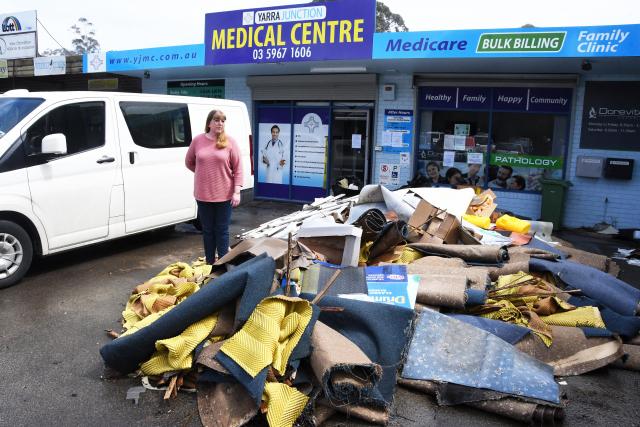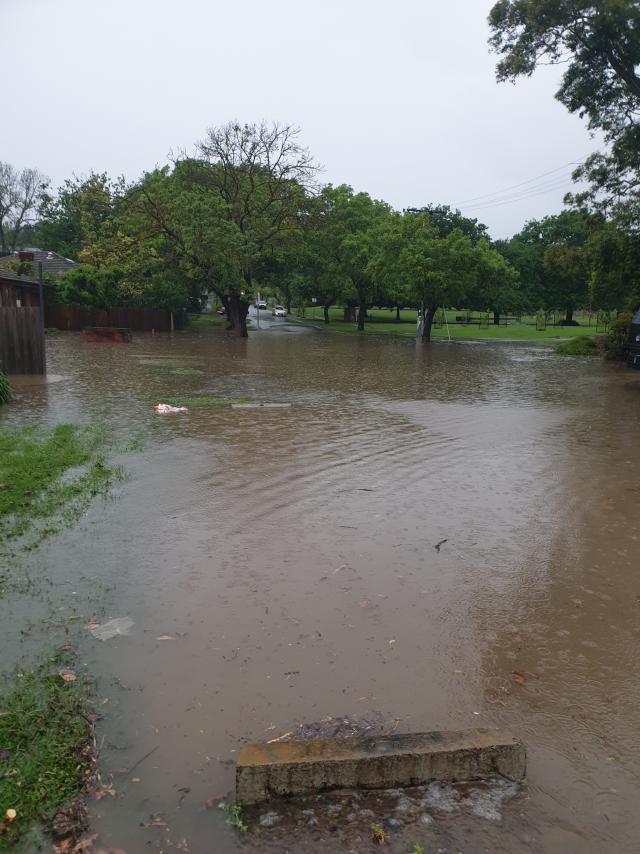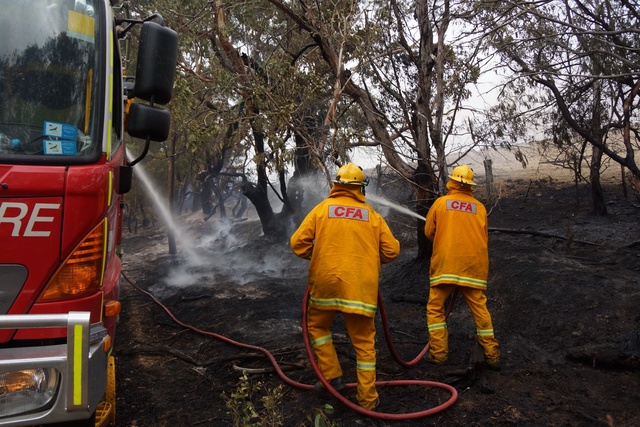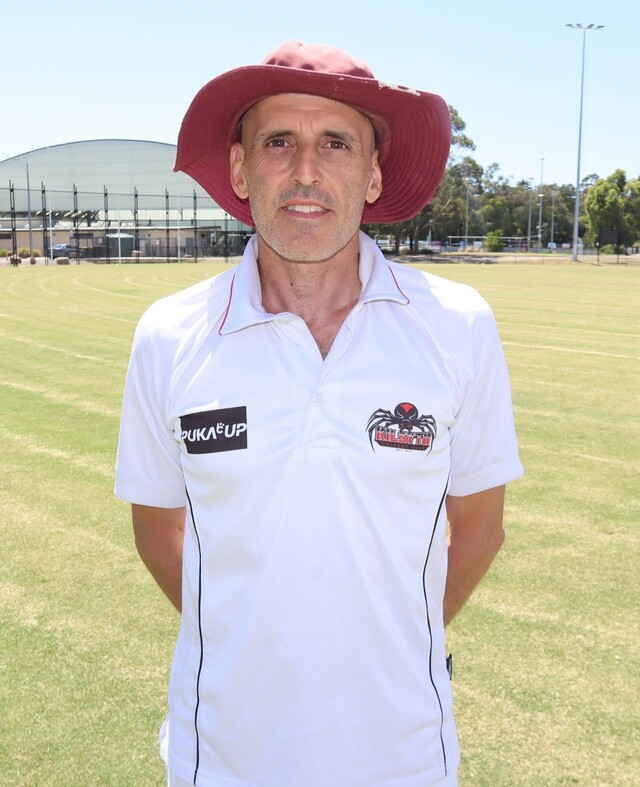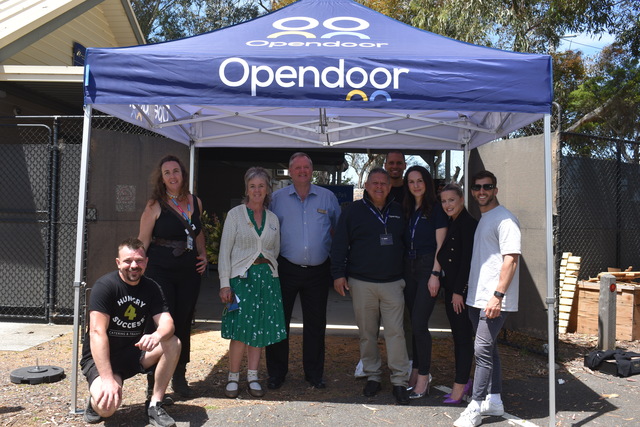After months of vocal petitions from the community calling for action on flooding and drainage improvements across the shire, Yarra Ranges Council has responded with its management plan.
The draft stormwater management plan and draft policy were accepted to be released to the community for feedback and consultation at the Tuesday 11 June meeting.
Having stated on many occasions that the plan would inform the council’s response to drainage and water management it was cited as the cornerstone piece in a much larger puzzle.
The 10 year plan looks to not only mitigate the flood risk but “protect and maintain the natural water cycle and health of waterways from urban development impacts” across the whole municipality.
Community consultation will run for six weeks, with those directly affected by flooding to be invited to specific workshops and sessions with council officers, as well as Melbourne Water’s staff.
Councillor Andrew Fullagar put forward the motion to approve the draft plans for community consultation.
“There’s been a definite shift in the council’s thinking around the importance of drainage and flooding over the past 12 months,” he said.
“We’ve had many heartfelt pleas from our residents directly affected by various flooding events and giving a very strong and appropriate message that we do something and we are. It’s never fast enough, but we do wish to initiate change.”
Divided into two documents, the policy outlines the roles and responsibilities of the council to inform the scope it can work within, as well as its relationships with other key bodies like Melbourne Water and Vicroads.
The management plan itself addresses the need for flood mapping, using stormwater as a resource, infrastructure upgrades, Water Sensitive Urban Design (WSUD) and Integrated Water Management (IWM) strategies, climate modelling and funding streams.
Cr Fullagar said the 31 specific actions that have been incorporated in the plan “underscores the complexity” of stormwater management but shows a “proactive approach rather than traditional reactive”.
“We need to respond to future impacts of climate change but in order to plan we need data and a logical prioritisation process.
“One key component of this is mapping all our catchments, and modelling various parameters. We must understand the different types of flooding, the existing network, the pinch points downstream and upstream and understanding of the flood extent and hazards including underground flow paths which are often overlooked.”
Seconding the motion, Cr Johanna Skelton said she was “glad we’re at this point” and was interested to learn from the community the priorities they see to be the most important.
“Should it be the areas with the largest number of people? Should it be the areas that are the worst affected by flooding? Should it be areas where we might need water retention and can save money by retaining the water?” she said.
“There are so many different ways we can do this…But it really is up to us as a community to determine what we think is the fairest and best way to move forward for action in this area.”
Cr Skelton said she appreciated the transparency taken by the officers in looking at various funding options given that “funding is an issue”.
Despite the $16 million put towards drainage over six years in the 2024-25 budget and a further portion of the $23 million infrastructure budget going to drainage, the shire would require grants or other funding to complete the scale of works needed.
Also looking from a sustainability perspective, Cr Skelton said the health of the waterways and the ability to cater to both flood and potential drought was just as important as mitigating the overflow of water.
“It hasn’t been forgotten that water is a resource… we’re looking at the dry times as well as the wet times,” she said.
“It’s not just about how to get rid of that water as fast as possible. It’s looking at ways to mitigate issues along the way.
“We still absolutely need to make sure that our waterways, which are so unique and precious and largely a lot more habitat rich and clean and full of life than so many other waterways around metropolitan Melbourne, we do need to really value their health as well.”
The motion was carried unanimously. Community consultation will be open until 24 July. To find out more, visit shaping.yarraranges.vic.gov.au/draft-stormwater-management-plan-2024-2034

